Spanish Essentials
Cocido
Imagine a dish that encapsulates the essence of Spanish comfort food - that's cocido for you. This substantial stew, brimming with a symphony of flavors and textures, has been cherished in Spanish households for centuries. Whether you're a culinary adventurer or simply in need of a heartwarming meal, cocido is bound to hit the spot.
Chef's Notes:
- Cocido is a robust, time-honored Spanish stew combining chickpeas, various meats, and an assortment of vegetables
- While recipes differ across regions, the dish typically features a rich broth, succulent meats, and a medley of vegetables
- Traditionally, cocido is enjoyed in multiple courses, beginning with the broth, followed by the hearty components
The Origins of Cocido
The story of cocido is deeply woven into the fabric of Spanish culture. This dish emerged from the ingenious use of readily available ingredients to create a satisfying meal. While each region boasts its own twist, the fundamental elements remain constant: a savory broth, tender cuts of meat, and a colorful array of vegetables.
In Spain, cocido is more than just sustenance; it's a social ritual. It brings people together, fostering a sense of community as they share this multi-course meal. The act of enjoying cocido with loved ones nourishes both body and soul, making it a truly holistic dining experience.
Ingredients for a Traditional Cocido
To craft an authentic cocido, you'll need a diverse selection of proteins, vegetables, and legumes. Here's a typical lineup for a classic recipe:
- Meats: Succulent beef shank, flavorful pork belly, juicy chicken pieces, and spicy Spanish chorizo
- Vegetables: Sweet carrots, hearty potatoes, crisp cabbage, and aromatic onions
- Legumes: Chickpeas (garbanzos) take center stage in this dish
- Flavorings: Pungent garlic, fragrant bay leaves, and sometimes a pinch of luxurious saffron
One of cocido's greatest strengths is its adaptability. Feel free to experiment with ingredients based on your taste preferences or local availability.
Preparing the Cocido
Creating a mouthwatering cocido requires patience and care, but the end result is truly rewarding. Follow this step-by-step guide to craft your own cocido:
1. Soak the chickpeas in cold water overnight to ensure proper cooking.
2. In a spacious pot, bring water to a rolling boil and add the soaked chickpeas, meats, and aromatic ingredients.
3. Let the mixture simmer gently for about 2 hours, removing any foam that surfaces.
4. Introduce the vegetables and continue cooking for an additional hour until everything reaches tender perfection.
5. Adjust the seasoning with salt to your liking.
This slow-cooking method allows the flavors to meld harmoniously, resulting in a deeply satisfying and flavorful broth.
Serving Suggestions
The traditional serving style of cocido, known as tres vuelcos (three turns), elevates the dining experience to new heights:
1. Begin by serving the aromatic broth as a soup, often accompanied by small pasta shapes or crusty bread.
2. Next, present a platter brimming with chickpeas and colorful vegetables.
3. Finally, serve the tender, flavorful meats, typically sliced or pulled for easy eating.
This unique serving method allows diners to fully appreciate each component of the dish. Some regions may combine the second and third stages, offering all solid ingredients on one platter.
Regional Variations
Spain's rich culinary tapestry means cocido recipes can differ dramatically from one area to another. In Madrid, the cocido madrileño reigns supreme, famous for its inclusion of morcilla (blood sausage) and unique vegetables like turnips.
Andalusia boasts the puchero, a close relative of cocido that often features a higher proportion of pork and sometimes incorporates sweet potato. In Catalonia, the escudella i carn d'olla offers another delightful variation, typically served with large, shell-shaped pasta called galets.
Health Benefits
Despite its reputation as a hearty dish, cocido can be a nutritious meal option. The blend of legumes, vegetables, and lean meats provides a balanced mix of proteins, carbohydrates, and fiber. Chickpeas, the star of the show, are nutrient powerhouses offering a multitude of health benefits.
Nutrition Facts
Nutrient amount per serving:
-
- Calories: 450
- Protein: 30g
- Fat: 20g
- Carbs: 40g
- Fiber: 10g
- Iron: 4mg
Note: Nutritional values may vary depending on specific ingredients and portion sizes.
Tips for the Perfect Cocido
Elevate your cocido game with these expert tips:
- Opt for premium ingredients, particularly when it comes to meats and chickpeas.
- Embrace the slow-cooking process; patience is key to developing rich flavors.
- Consider making your cocido a day ahead; the flavors will intensify overnight.
- Accompany your cocido with crusty bread to soak up every last drop of the delicious broth.
Remember, cocido is a dish meant for sharing. Gather your loved ones around the table to enjoy this comforting meal together, and you'll be participating in a time-honored Spanish tradition.
FAQs
Can I make cocido in a slow cooker?
Absolutely! A slow cooker is perfect for preparing cocido. Simply combine all ingredients except the vegetables in the slow cooker and let it simmer on low for 6-8 hours. Add the vegetables during the final 1-2 hours of cooking.
Is cocido suitable for vegetarians?
While traditional cocido contains meat, you can create a delectable vegetarian version. Simply omit the meats, use vegetable broth, and bulk up the dish with extra vegetables and legumes for a satisfying meat-free alternative.
How long can I store leftover cocido?
Cocido can be safely stored in an airtight container in the refrigerator for up to 3-4 days. Many find that the flavors continue to develop, making it even more delicious the next day.
Can cocido be frozen?
Indeed, cocido freezes exceptionally well. Store it in airtight containers or freezer bags for up to 3 months. When ready to enjoy, thaw in the refrigerator overnight before reheating.
What wine pairs well with cocido?
A medium-bodied red wine, such as a Tempranillo or Garnacha, makes an excellent companion to cocido. The wine's acidity helps balance the richness of the dish, creating a harmonious pairing.









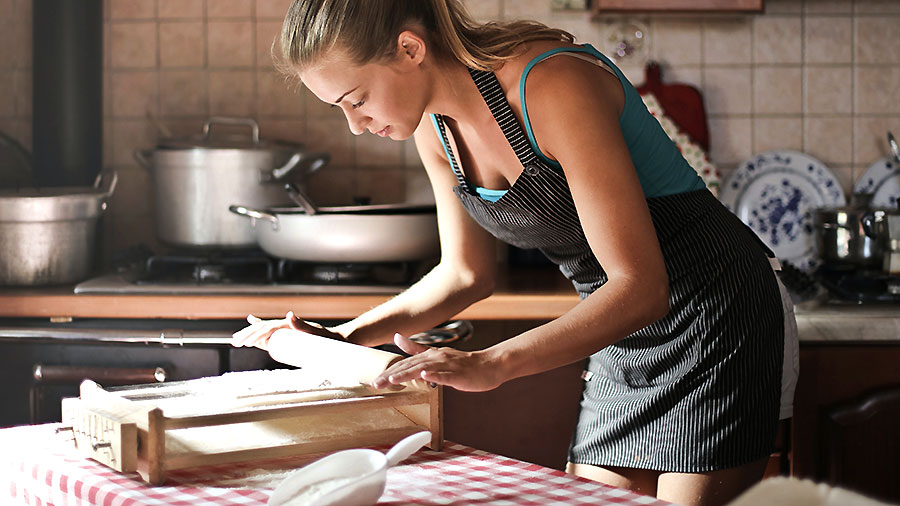

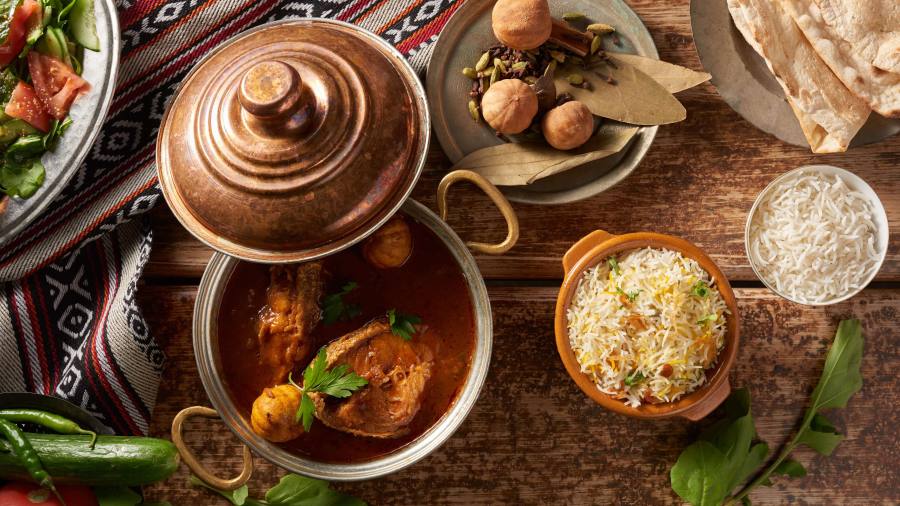


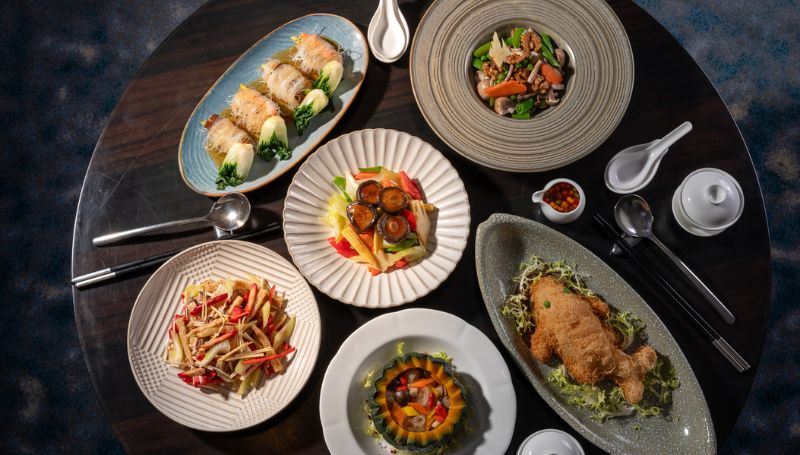




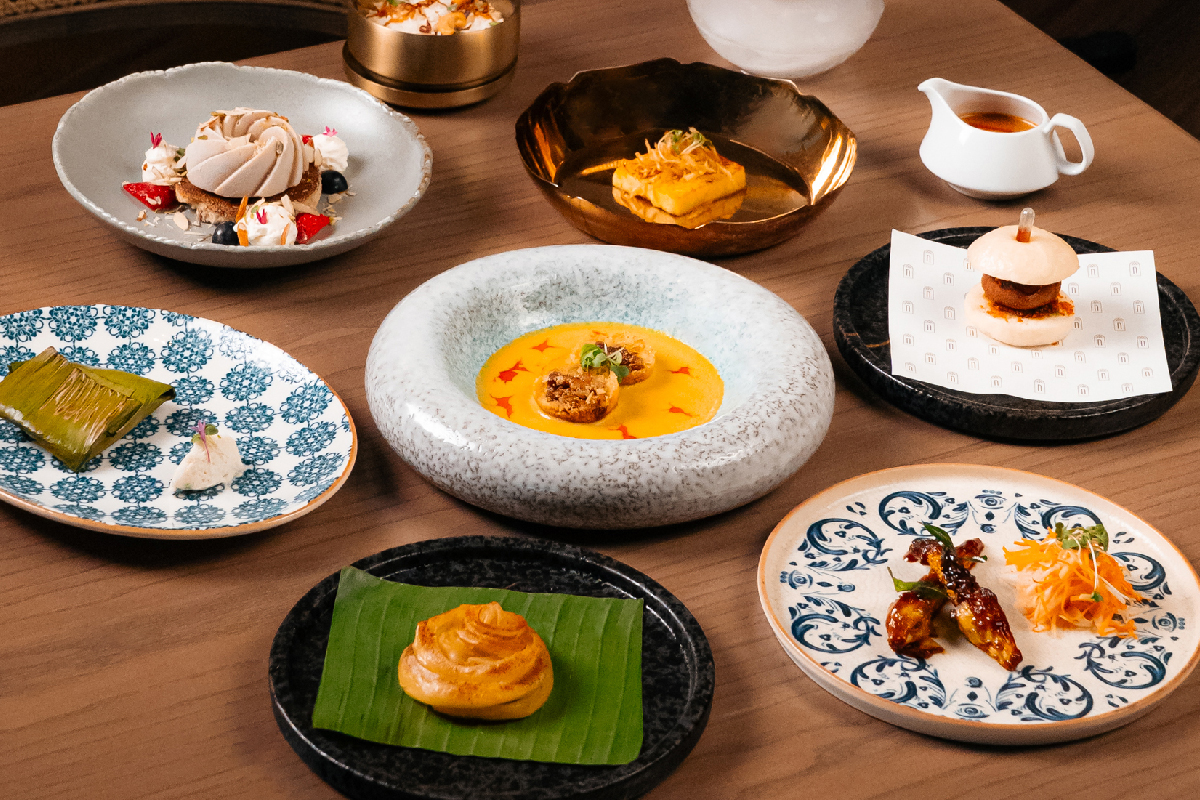


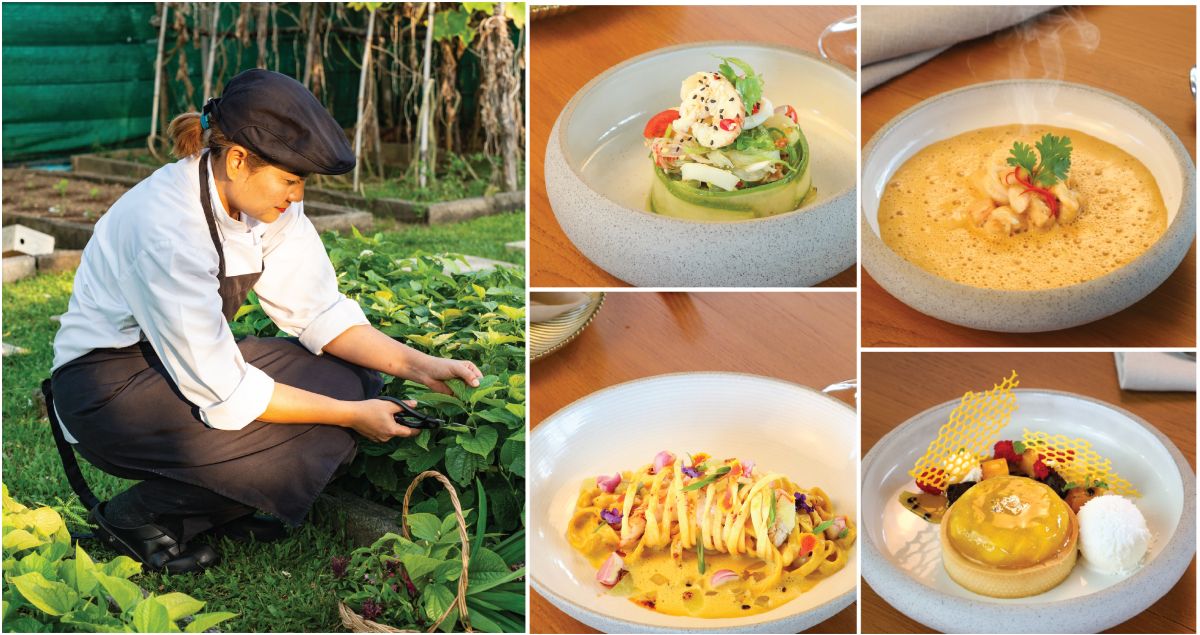
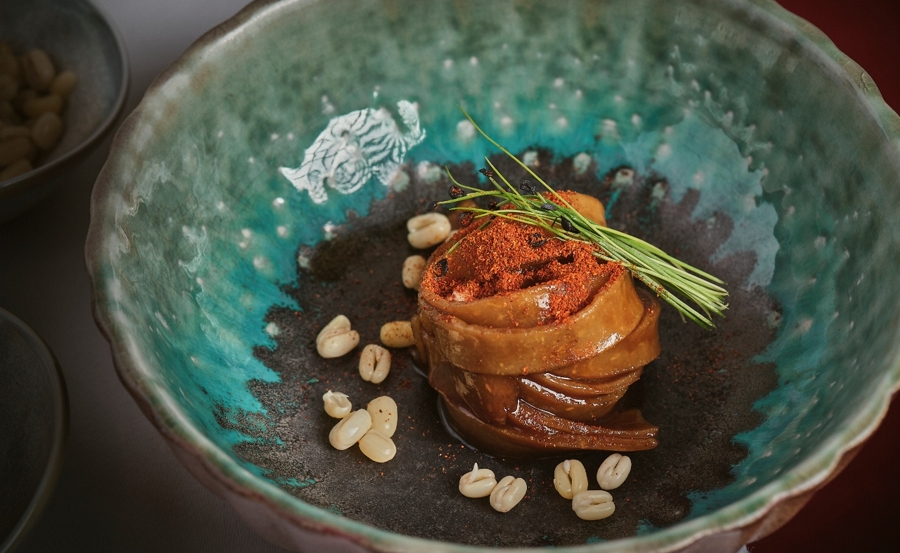


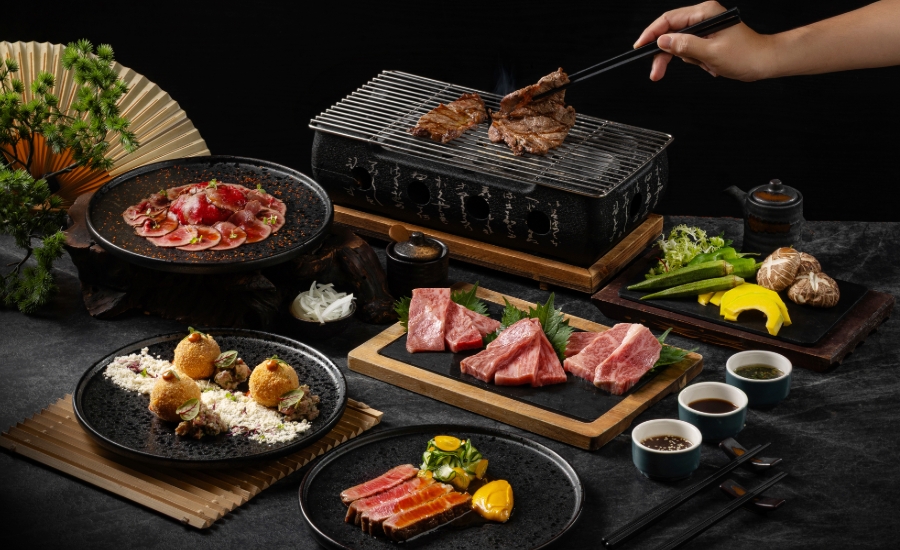


 Gastronomy Cities
Gastronomy Cities
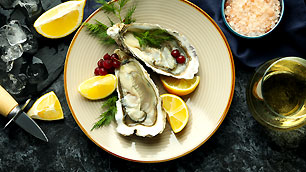 Amazing Food
Amazing Food
 Chef's Talk
Chef's Talk